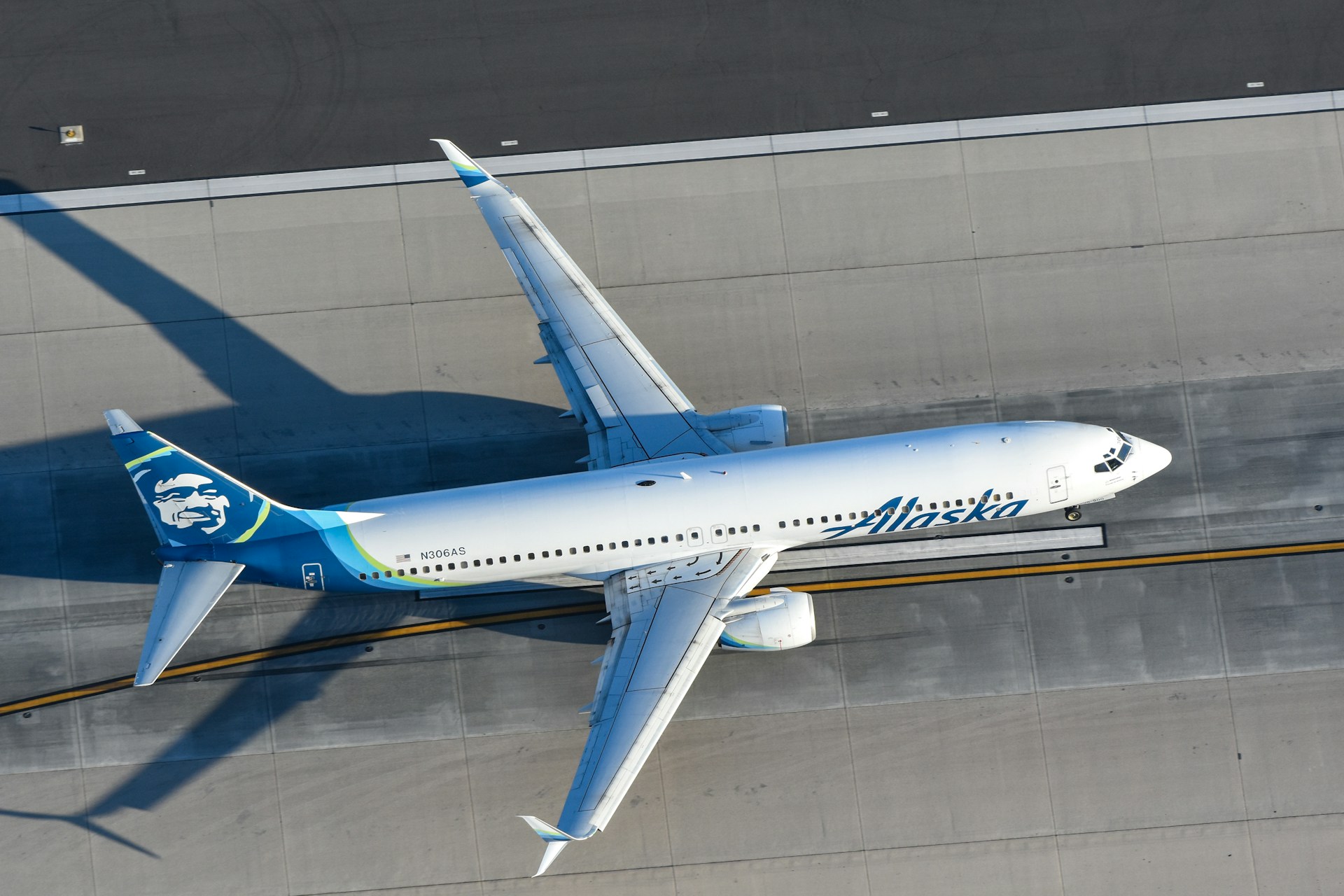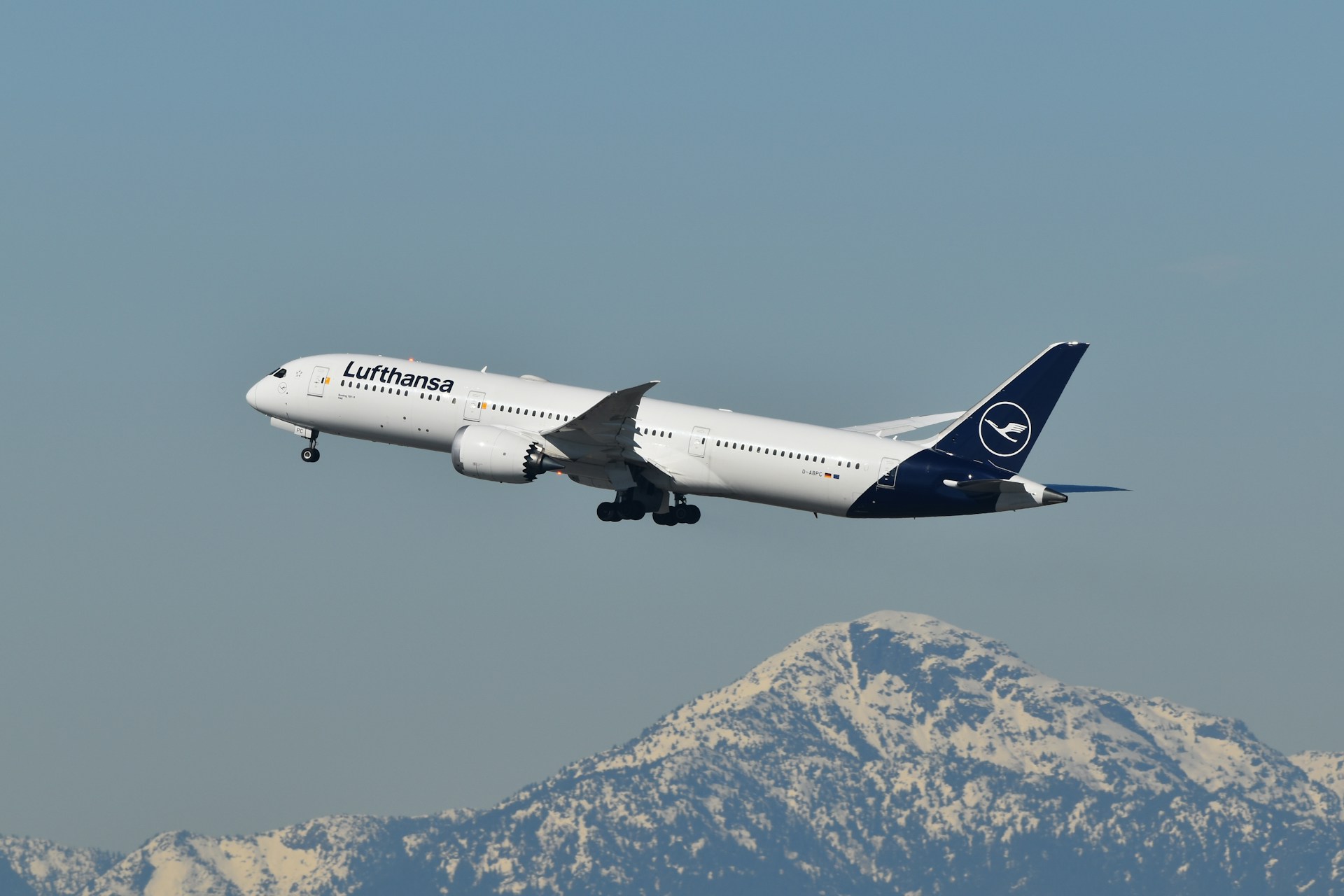Alaska Air Group Warns of Aging U.S. Air Traffic Control Infrastructure Threatening Efficiency and Safety
Key Takeaways
- Alaska Air Group has raised concerns about aging air traffic control (ATC) infrastructure, calling it a major risk to operational reliability and safety across the national airspace system.
- Outdated radar and communication systems are contributing to flight delays, inefficient routing, and higher fuel consumption for airlines operating in congested U.S. airspace.
- The Federal Aviation Administration’s (FAA) NextGen modernization program faces persistent implementation delays, leaving airlines to bear the cost of inefficiencies.
- Alaska Airlines’ on-time performance and cost structure are increasingly vulnerable to systemic ATC issues beyond its control.
- Industry groups are urging Congress to accelerate infrastructure funding, citing threats to U.S. aviation competitiveness and passenger experience.
Alaska Air Group Sounds Alarm on National Aviation Infrastructure
Alaska Air Group, parent company of Alaska Airlines and Horizon Air, has become one of the most vocal critics of America’s aging air traffic control infrastructure. In recent statements, the airline warned that outdated systems are straining the operational efficiency of U.S. carriers and undermining safety margins.
Executives described the issue as an emerging national crisis, emphasizing that modern airlines have made significant investments in fuel-efficient aircraft and digital navigation technology—investments that cannot reach their full potential without a modernized air traffic management system.
“Our pilots can fly with precision using advanced avionics, but we’re still relying on decades-old ground-based radar and radio systems,” one Alaska Air spokesperson said. “That’s like putting a Formula 1 car on a dirt road.”
Operational Inefficiencies and Mounting Costs
The airline industry depends on seamless coordination between aircraft and ATC centers. When those systems are outdated or understaffed, delays ripple across the entire network. Alaska Airlines has reported an increase in holding patterns, extended taxi times, and inefficient routing—all of which contribute to unnecessary fuel burn and emissions.
Alaska’s operational analysts estimate that ATC inefficiencies cost the airline millions annually, both in additional fuel consumption and disrupted crew schedules. The issue is particularly acute in the Pacific Northwest and Alaska, where weather conditions and remote geography already challenge operations.
Industry experts warn that as passenger volumes return to pre-pandemic levels, the U.S. system’s lack of modernization could limit growth and degrade service reliability nationwide.
NextGen: A Modernization Effort Stuck in Limbo
The FAA’s NextGen program, launched in 2007, aimed to overhaul U.S. air traffic control by transitioning from radar-based to satellite-based navigation. While the technology exists and many airlines—Alaska among them—have equipped their fleets with NextGen-compatible avionics, implementation has lagged due to budget constraints and bureaucratic hurdles.
Alaska Airlines has long been considered a test case for NextGen integration, pioneering Required Navigation Performance (RNP) procedures to navigate complex terrain in Alaska and the Pacific Northwest. However, the airline notes that without widespread adoption of NextGen across ATC facilities, the benefits remain limited.
“The promise of NextGen was reduced delays, better routing, and lower emissions,” Alaska executives stated. “But until the infrastructure catches up, airlines are only realizing part of that promise.”
Economic and Environmental Consequences
Beyond operational delays, outdated ATC systems have broad economic implications. Prolonged ground holds and inefficient flight paths increase fuel usage—costs that ultimately affect ticket pricing and airline profitability.
Additionally, the extra fuel burned during holding patterns and rerouting contributes to unnecessary carbon emissions, complicating airlines’ sustainability goals. Alaska Air Group, which has positioned itself as a leader in environmental responsibility, emphasized that modernization of the national ATC system is essential to meeting U.S. aviation’s net-zero targets.
Industry Push for Urgent Federal Action
Alaska Air Group’s warnings echo calls from aviation trade organizations, including Airlines for America (A4A), which represents major U.S. carriers. These groups are lobbying for accelerated funding and reform within the FAA to modernize ATC systems before inefficiencies lead to widespread service degradation.
Analysts caution that failure to modernize could erode U.S. competitiveness against regions like Europe and Asia, where air traffic modernization programs are advancing faster. Without upgrades, U.S. carriers risk operating within an outdated infrastructure network incapable of handling future traffic growth.
FAQs
What problems is Alaska Air Group highlighting?
Alaska Air Group points to aging radar systems, outdated communication tools, and insufficient modernization at air traffic control facilities, particularly in high-traffic and geographically complex regions.
How do outdated ATC systems cause delays?
Inefficient routing, limited capacity at control centers, and outdated technology force aircraft into holding patterns or less efficient flight paths, driving up fuel usage and operating costs.
What is the FAA’s NextGen program?
NextGen is the FAA’s satellite-based modernization initiative aimed at improving efficiency, safety, and environmental performance in U.S. airspace. Implementation, however, has been slowed by funding and coordination challenges.
Can airlines fix the problem on their own?
No. ATC modernization is a federal responsibility managed by the FAA. Airlines can only advocate for reform and ensure their fleets are technologically ready to integrate with modernized systems.
Why is modernization critical now?
With air travel demand surging and climate goals tightening, outdated ATC systems risk undermining both operational efficiency and sustainability commitments across the aviation industry.
✈️ Bottom Line:
Alaska Air Group’s warning underscores a growing consensus across the aviation sector: the U.S. air traffic control system is overdue for urgent modernization. Without immediate federal action, inefficiencies will continue to cost airlines millions, inconvenience travelers, and compromise the competitiveness of American aviation in an increasingly connected world.
.zip%20-%201.PNG)



